10 Pet-Safe Indoor Plants That Purify Your Air
Share

The allure of indoor plants has never been stronger as we seek out ways to clean air and create safer living conditions. Beyond their aesthetic appeal, many indoor plants possess remarkable air-purifying abilities, transforming our homes into havens of health and tranquility. However, for pet owners, the joy of gardening comes with the added responsibility of ensuring that the chosen plants are not only beneficial for air quality but also safe for our pets. Not only do these pet-safe indoor plants enhance the visual appeal of your home, but they also contribute to a healthier indoor environment by removing harmful pollutants from the air.
Today, we delve into the world of pet-friendly indoor plants, highlighting ten species renowned for their air-purifying prowess. From lush ferns to resilient palms, these green guardians not only cleanse the air we breathe but also provide a sanctuary of safety and serenity for both humans and pets alike.
Spider Plant
Spider plants (Chlorophytum comosum) are not only visually appealing with their long, spindly and arching foliage, but they are also excellent air purifiers! They help to remove toxins such as formaldehyde and xylene from the air, making them beneficial additions to any home. Plus, they are safe for cats and dogs, making them a perfect choice for pet owners.
- Light: Thrives in bright, indirect sunlight but can tolerate partial shade.
- Watering: Keep soil consistently moist but not waterlogged. Allow the top inch of soil to dry between waterings.
- Temperature: Prefers average to warm room temperatures, ideally between 60-75°F (15-24°C).
- Additional Care: Spider plants benefit from occasional fertilization during the growing season and may produce small offsets or “spiderettes” that can be propagated to grow new plants.
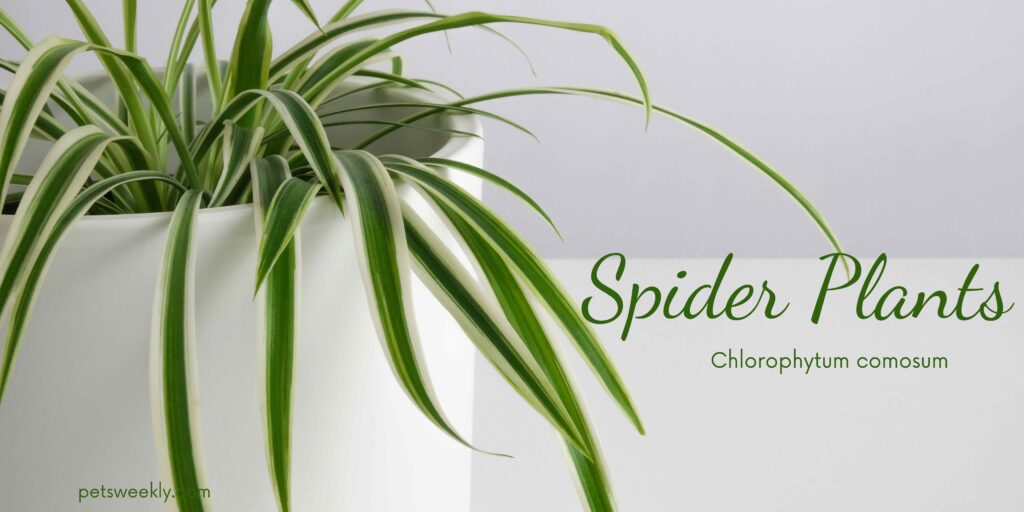
Boston Fern
Known for its lush green fronds, the Boston Fern (Nephrolepis exaltata) tops the charts as one of the best air-purifying plants. It excels at removing pollutants like formaldehyde and xylene from indoor air while adding a touch of elegance to your space. Additionally, Boston Ferns are non-toxic to pets, making them an ideal choice for homes with furry companions.
- Light: Prefers bright, indirect light but can tolerate some shade.
- Watering: Requires consistently moist soil. Mist frequently to maintain humidity levels, especially indoors.
- Temperature: Thrives in temperatures between 60-75°F (15-24°C) with high humidity levels.
- Additional Care: Trim away any brown or damaged fronds regularly to encourage new growth. Fertilize lightly every 1-2 months during the growing season.
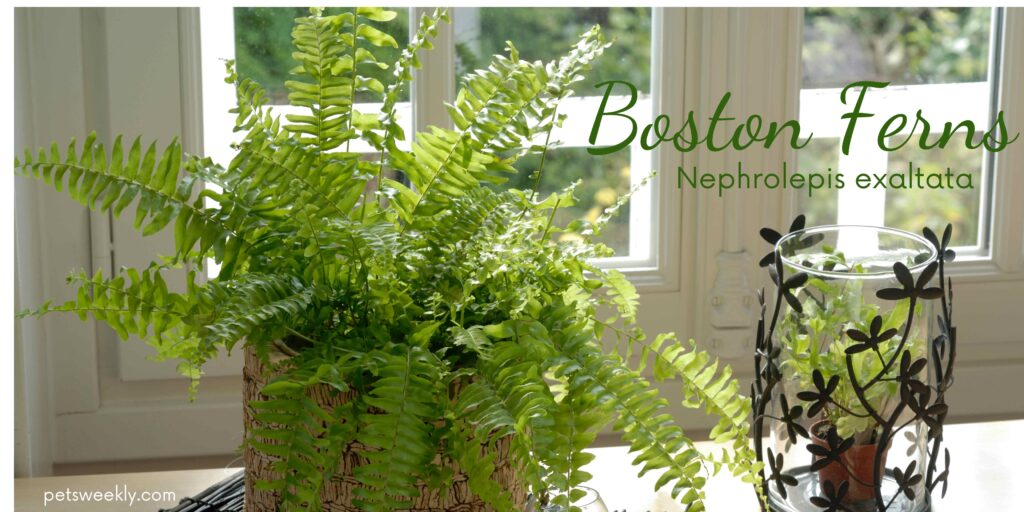
Areca Palm
The Areca Palm (Dypsis lutescens), also known as the butterfly palm, is not only an incredible statement piece with its long, feathery fronds – but also a powerful air purifier. It effectively filters out toxins like formaldehyde, benzene, and carbon monoxide. Moreover, it is considered safe for pets, making it a popular choice for green-conscious pet owners.
- Light: Prefers bright, indirect light but can tolerate some shade.
- Watering: Requires consistently moist soil. Mist frequently to maintain humidity levels, especially indoors.
- Temperature: Thrives in temperatures between 60-75°F (15-24°C) with high humidity levels.
- Additional Care: Trim away any brown or damaged fronds regularly to encourage new growth. Fertilize lightly every 1-2 months during the growing season.
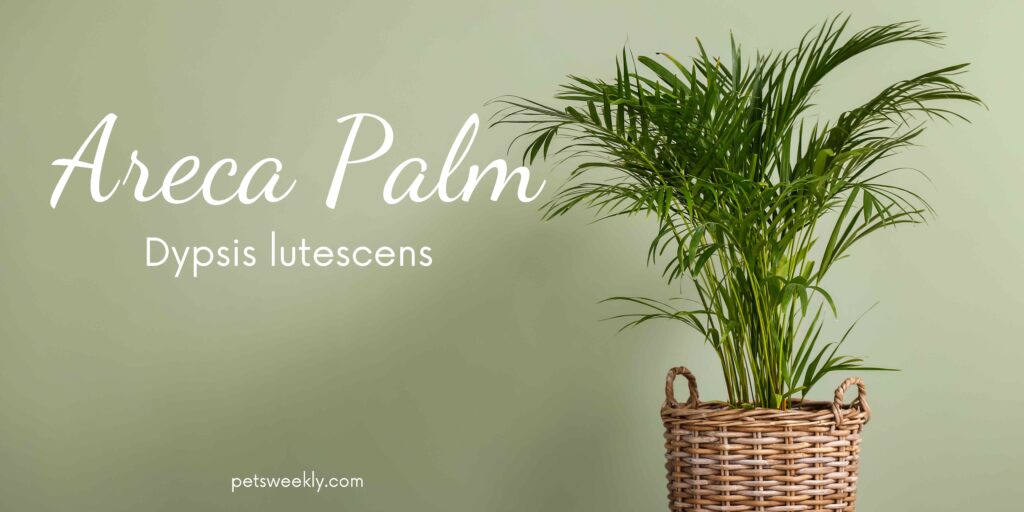
Bamboo Palm
With its slender stalks and graceful foliage, the Bamboo Palm (Chamaedorea seifrizii) adds a tropical touch to any indoor space. Beyond its aesthetic appeal, this plant is a champion in air purification, targeting pollutants such as formaldehyde and benzene. It’s also non-toxic to pets, ensuring a safe environment for your furry friends.
- Light: Prefers bright, indirect light but can tolerate some shade.
- Watering: Keep soil consistently moist but not waterlogged. Allow the top inch of soil to dry between waterings.
- Temperature: Thrives in temperatures between 65-80°F (18-27°C). Avoid exposing to temperatures below 50°F (10°C).
- Additional Care: Prune away any yellow or dead fronds regularly to maintain a tidy appearance. Fertilize every 2-3 months during the growing season with a balanced fertilizer.
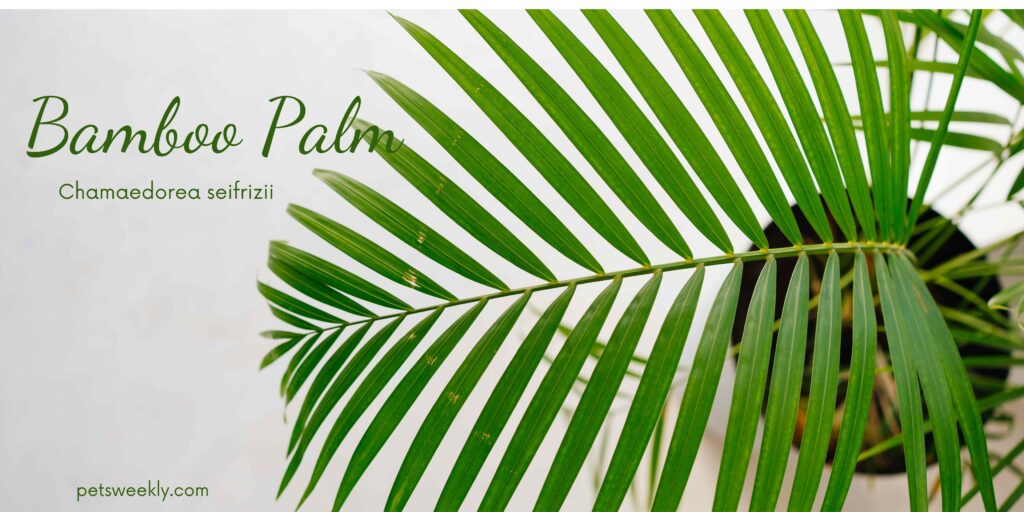
Hoya Plant
With its waxy, star-shaped flowers and thick, succulent-like leaves, the Hoya (Hoya spp.) plant is a captivating addition to any indoor space. While celebrated for its ornamental beauty, the Hoya plant also boasts impressive air-purifying qualities. It effectively filters out common household toxins, including formaldehyde and benzene, contributing to a cleaner and healthier indoor environment. Moreover, the Hoya plant is considered safe for pets, making it an excellent choice for pet owners looking to enhance their home’s air quality while ensuring the well-being of their furry companions.
- Light: Thrives in bright, indirect sunlight but can tolerate some shade.
- Watering: Allow the soil to dry out between waterings. Water thoroughly, then allow excess water to drain away.
- Temperature: Prefers warm temperatures between 60-80°F (15-27°C). Protect from cold drafts.
- Additional Care: Hoya plants are relatively low-maintenance but may benefit from occasional fertilization during the growing season. Prune to control size and shape if necessary.
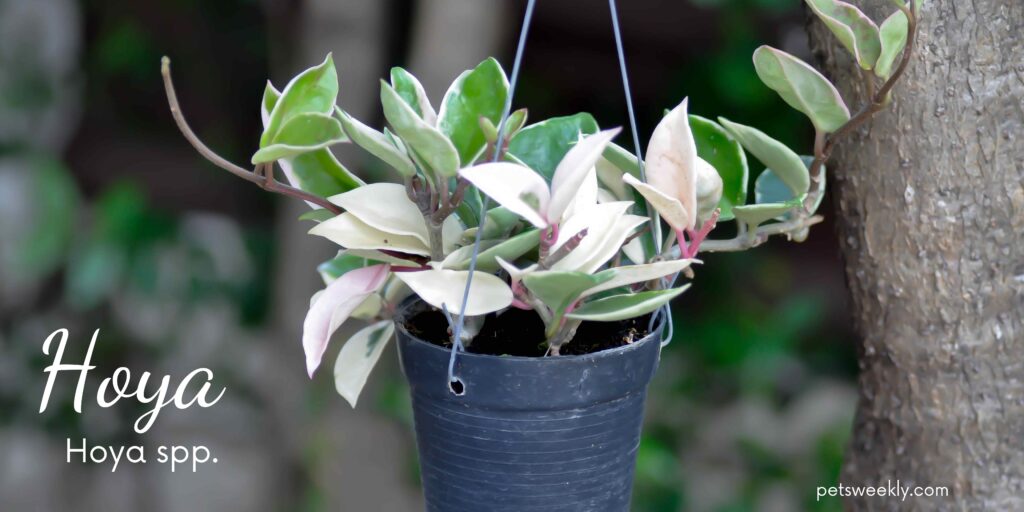
Parlor Palm
The Parlor Palm’s (Chamaedorea elegans) compact size and delicate fronds make it a popular choice for indoor greenery. This plant is not only easy to care for but also excels at filtering out pollutants like formaldehyde and benzene. Plus, it’s non-toxic to pets, ensuring a safe environment for your beloved animals.
- Light: Prefers bright, indirect light but can tolerate lower light conditions.
- Watering: Keep the soil evenly moist, but avoid overwatering, as it can lead to root rot. Allow the top inch of soil to dry out between waterings.
- Temperature: Thrives in average to warm temperatures between 60-80°F (15-27°C). Protect from cold drafts.
- Additional Care: Prune away any brown or yellowing fronds to maintain the plant’s appearance. Fertilize lightly every 2-3 months during the growing season with a balanced fertilizer.
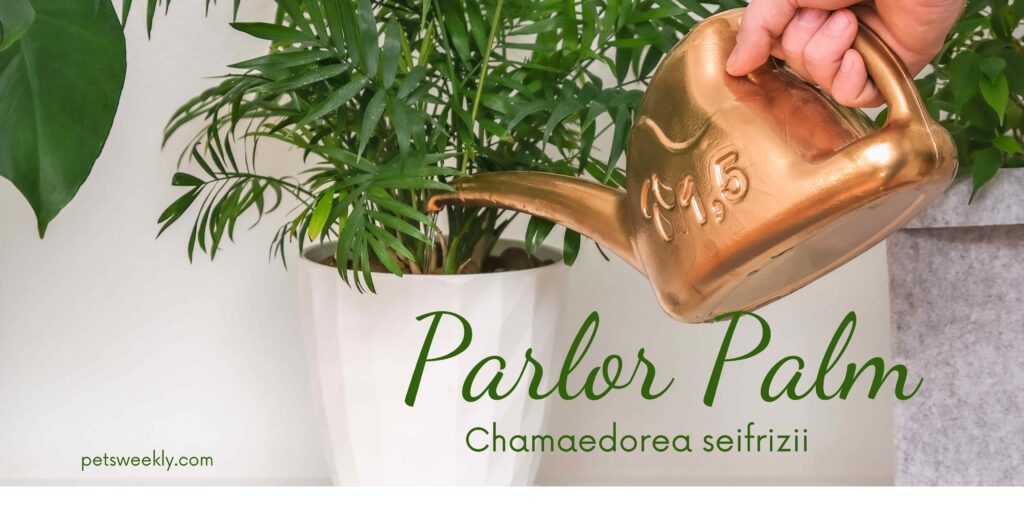
Snake Plant
The Snake Plant (Sansevieria trifasciata), also known as Mother-in-Law’s Tongue, is a hardy and resilient plant that thrives with minimal care. It is highly effective at removing toxins such as formaldehyde, benzene, and trichloroethylene from indoor air. Moreover, it’s safe for pets, making it an excellent choice for pet owners looking to improve indoor air quality.
- Light: Thrives in indirect sunlight but can tolerate low light conditions. Avoid prolonged exposure to direct sunlight.
- Watering: Allow the soil to dry out completely between waterings, then water thoroughly. Snake plants are drought-tolerant and can withstand periods of neglect.
- Temperature: Prefers temperatures between 60-85°F (15-29°C) and is relatively tolerant of fluctuations.
- Additional Care: Snake plants are low-maintenance and typically do not require fertilization. Remove any dust or debris from the leaves periodically to keep them clean and healthy.
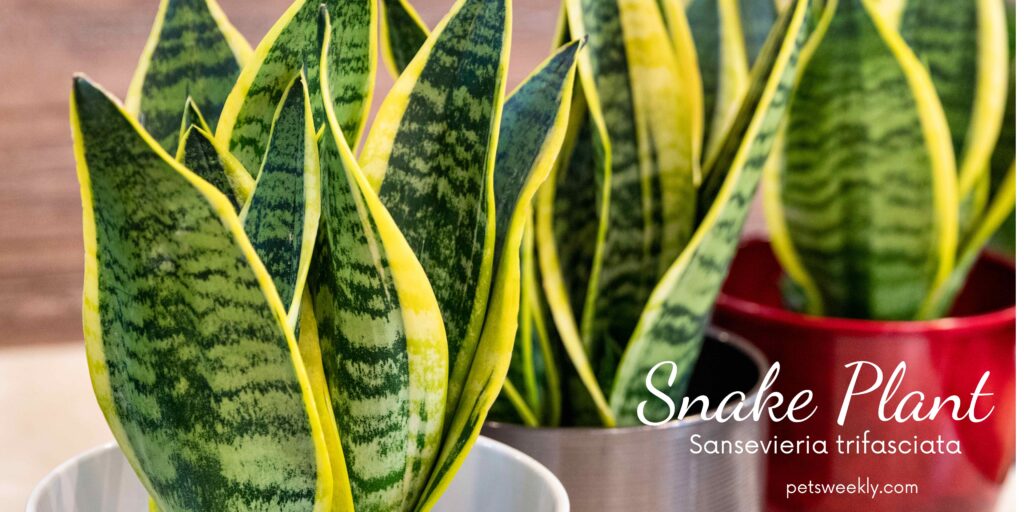
African Violet
African Violets (Saintpaulia) are prized for their vibrant blooms and compact size, making them ideal for adding a pop of color to any indoor space. While not typically recognized for their air-purifying abilities, African Violets have been found to help reduce airborne pollutants. Furthermore, they are safe for pets, making them a lovely addition to pet-friendly homes.
- Light: Prefers bright, indirect light. Avoid direct sunlight, as it can scorch the leaves.
- Watering: Water African violets from the bottom to prevent water from getting on the leaves, which can cause damage. Keep the soil consistently moist but not waterlogged.
- Temperature: African violets thrive in temperatures between 65-75°F (18-24°C) and prefer higher humidity levels.
- Additional Care: Fertilize African violets every 2-4 weeks during the growing season with a diluted, balanced fertilizer. Remove spent flowers and yellowing leaves regularly to encourage new growth.
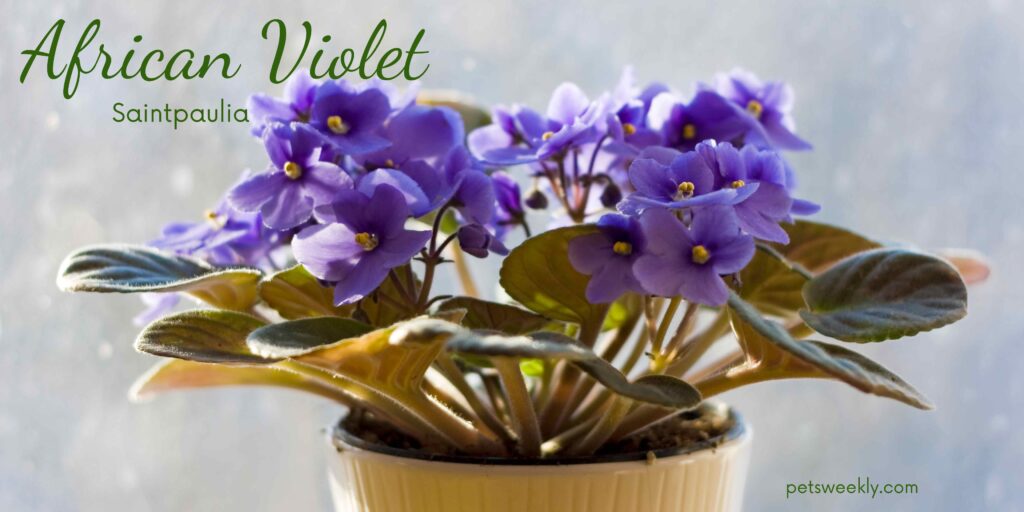
Money Plant
The Money Plant (Epipremnum aureum), also known as Devil’s Ivy, is a popular choice for both novice and seasoned plant enthusiasts alike. Its trailing vines and heart-shaped leaves add a touch of greenery to shelves and hanging baskets. Additionally, it is effective at removing toxins like formaldehyde and benzene from indoor air and is safe for pets, making it an excellent choice for pet-friendly households.
- Light: Thrives in bright, indirect light but can tolerate lower light conditions. Avoid direct sunlight, as it can scorch the leaves.
- Watering: Allow the top inch of soil to dry out between waterings. Money plants are relatively drought-tolerant and prefer slightly dry conditions.
- Temperature: Money plants prefer temperatures between 65-85°F (18-29°C) and can tolerate fluctuations.
- Additional Care: Money plants are fast growers and may benefit from occasional pruning to control their size and shape. Fertilize lightly every 2-4 weeks during the growing season with a balanced fertilizer.
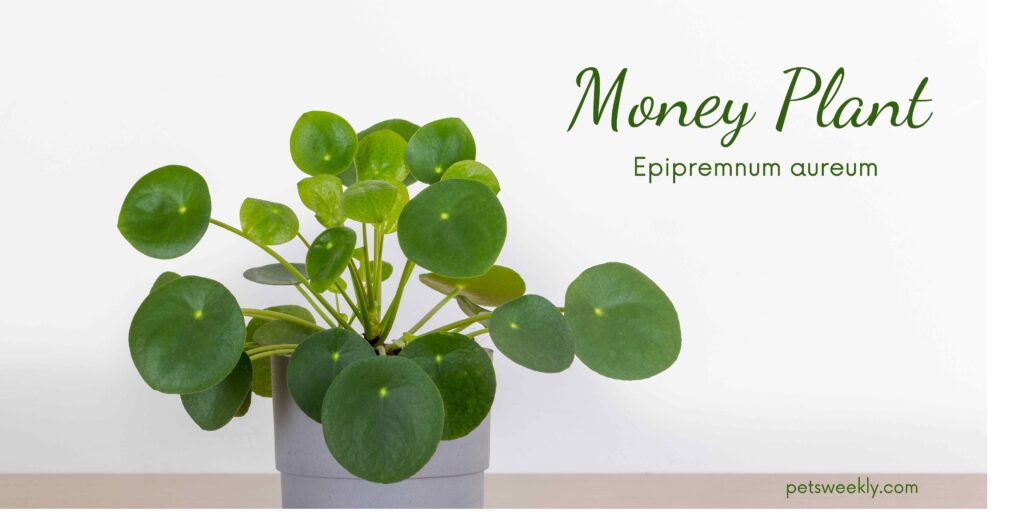
Calathea (Calathea spp.)
Calatheas are prized for their stunning foliage patterns, making them standout decorative pieces in any indoor setting. Beyond their aesthetic appeal, these plants help to purify the air by removing toxins like formaldehyde and benzene. While some varieties of Calathea may be mildly toxic to pets if ingested, they are generally safe and non-threatening.
- Light: Prefers bright, indirect light but can tolerate partial shade. Avoid direct sunlight, as it can cause the leaves to fade or burn.
- Watering: Keep the soil evenly moist but not waterlogged. Calatheas are sensitive to overwatering and may develop root rot if the soil remains soggy.
- Temperature: Calatheas prefer temperatures between 65-80°F (18-27°C) and high humidity levels. Protect from cold drafts.
- Additional Care: Calatheas benefit from regular misting to maintain humidity levels. Fertilize lightly every 4-6 weeks during the growing season with a diluted, balanced fertilizer. Remove any dust or debris from the leaves periodically to keep them clean and healthy.
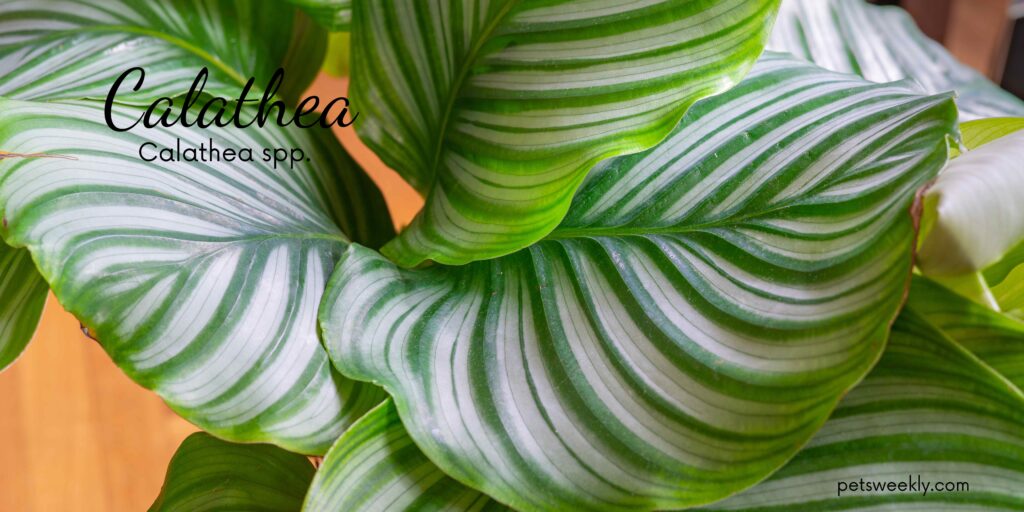
Incorporating pet-safe indoor plants that double as air purifiers is a win-win for both you and your furry companions. Not only do these plants enhance the visual appeal of your home, but they also contribute to a healthier indoor environment by removing harmful pollutants from the air.
By selecting from the diverse range of plants mentioned in this guide, you can enjoy cleaner air and peace of mind knowing that your beloved pets are safe and sound amidst the greenery. So go ahead, bring the outdoors in, and create a sanctuary of health and harmony for you and your pets to enjoy.










